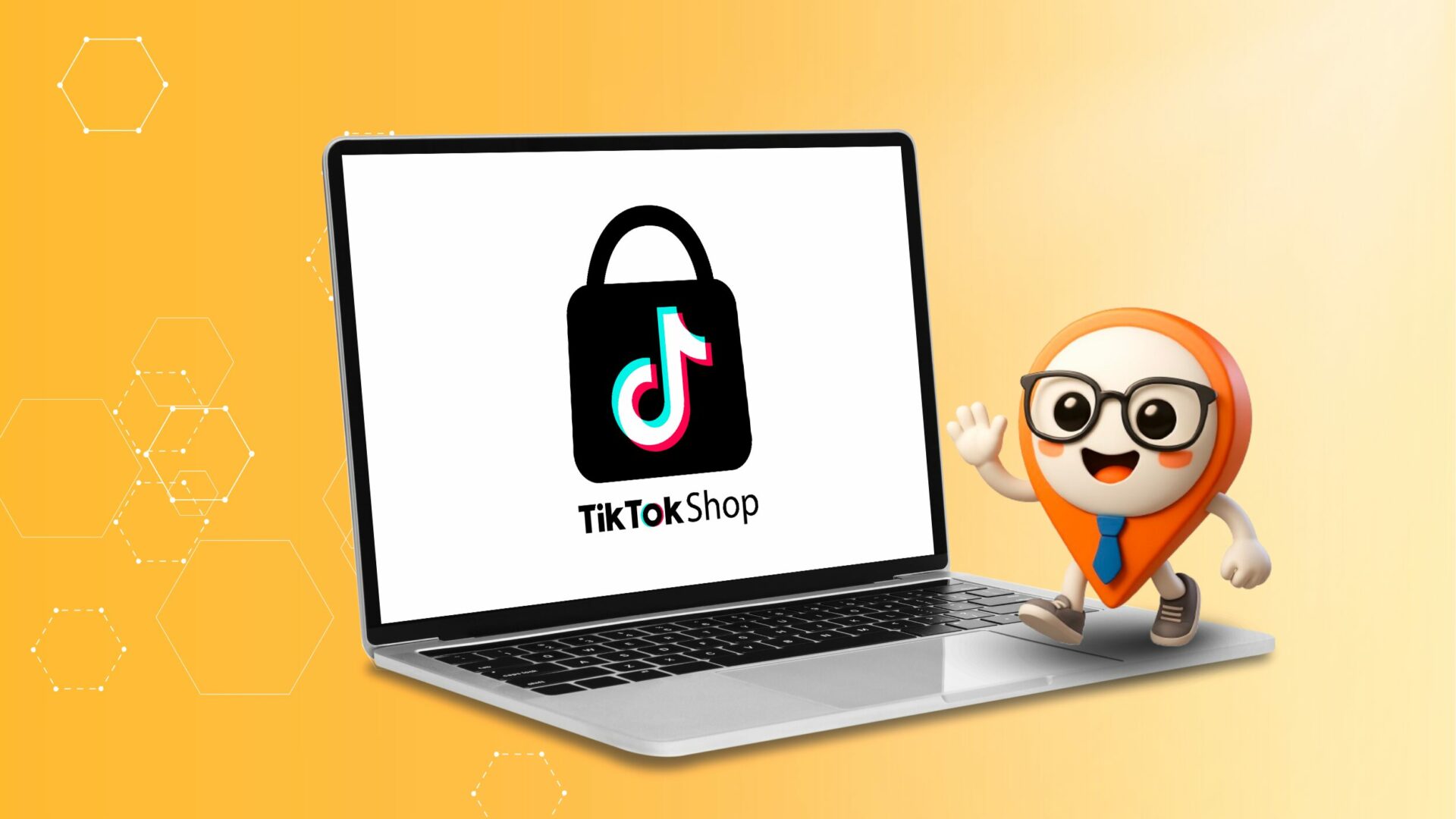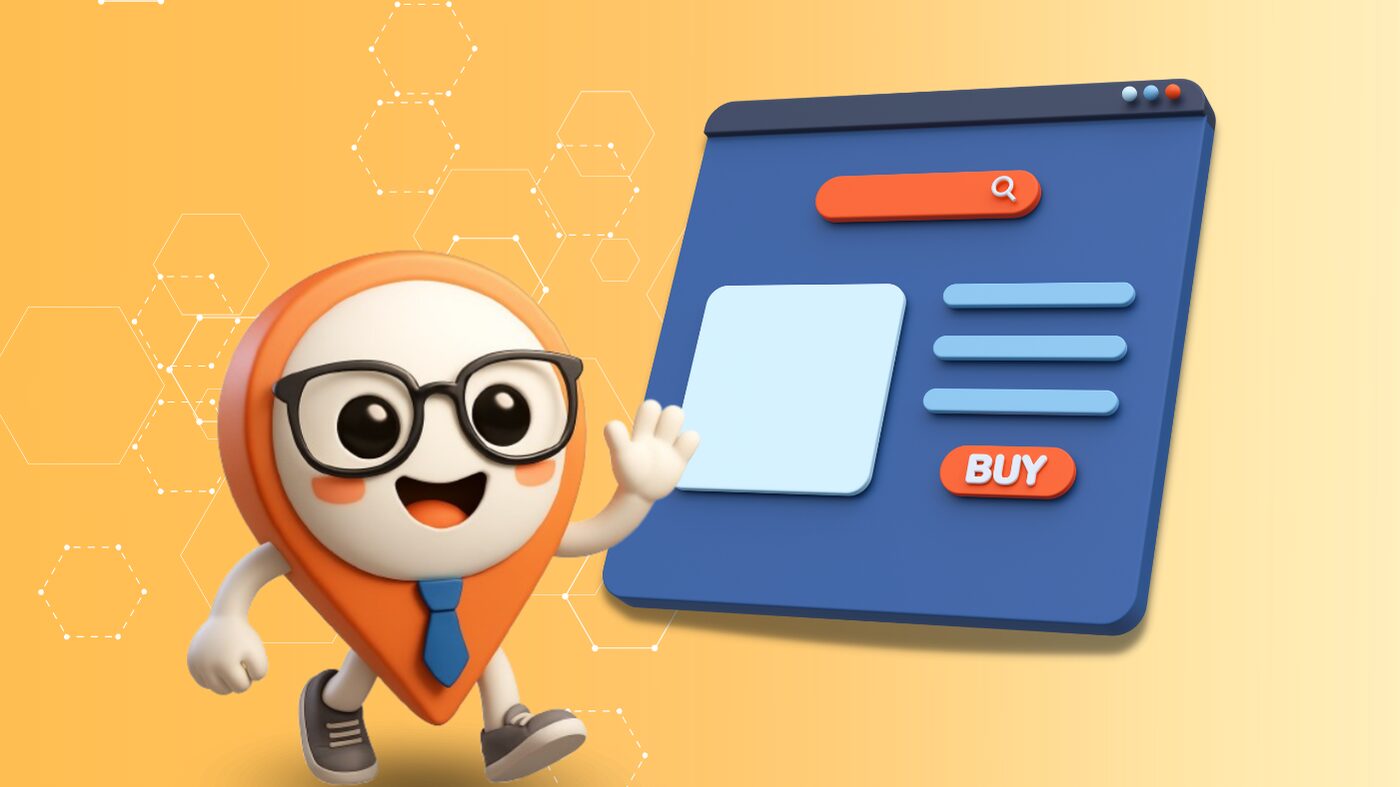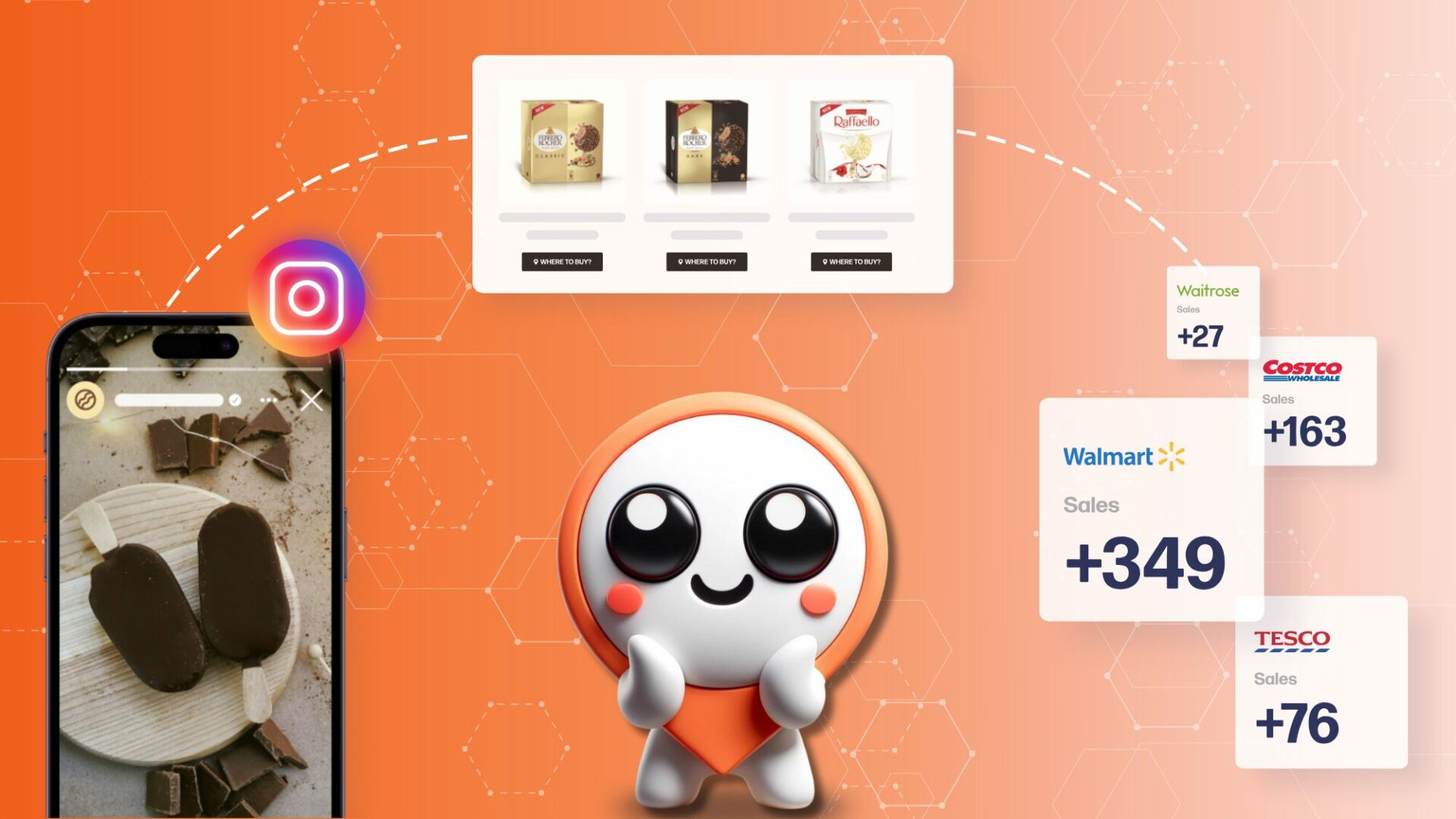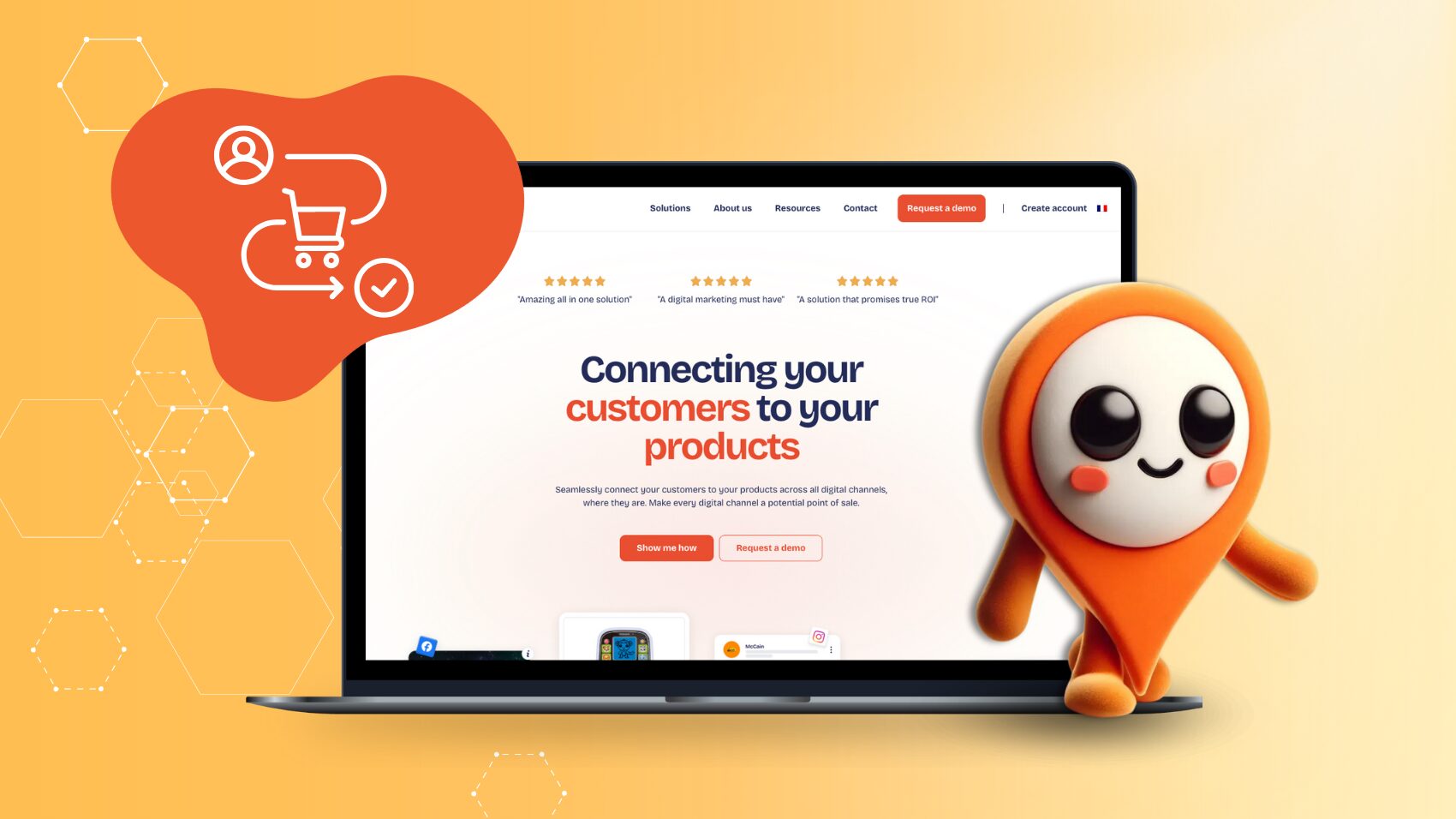The importance of shoppable media
With the ever-evolving landscape of digital marketing, it is no surprise that brands and marketers must continually strategize to stay ahead of their competition. Already a key player in today’s ecommerce game, shoppable media is proving itself as an indispensable tool capable of boosting brand visibility, conversions, and sales growth. As advertisers seek out more direct revenue sources from consuming audiences beyond clicks alone — like purchase data or in-store visits — thanks to pure trackability and ease of integration with any current shopping platform or campaign, shops are emerging as just one impressive way they can reach targeted audiences online while still driving profits quickly up the ladder. If you’re looking for ways to increase audience interaction and expand your sales potential, then now might be time look into the power of Shopper Media to get your products seen by a larger consumer base with proven results.
Shoppable media revolutionizes the way we purchase products and services online – it enables social media to become an interactive platform where customers can make direct purchases from within the channels. There are various types of shoppable media, ranging from social commerce and marketplaces, to streaming platforms and influencer campaigns. By embracing digital touch points that lead directly to a shopping cart and committing to social media goals with an associated ROI, businesses have seen drastic improvements in their conversion rates and a decrease in abandoned carts due to the convenience shoppable media provides customers. In different industries such as retailing, lifestyle, travel, finance and beyond, shoppable media offers brands a powerful tool for sustainable growth.
How shoppable media works
Definition of shoppable media
Shoppable media is a powerful tool that has revolutionized the way consumers shop online. It is a form of interactive content that allows customers to engage with products and make purchases without leaving the media they are consuming. With shoppable media, consumers can simply click on a product within an image or video and get redirected to the product page to complete their purchase. This has made online shopping more efficient and enjoyable for consumers, while also providing brands with a seamless way to monetize their content.
Types of shoppable media
Shoppable media can come in various formats, including shoppable images, videos, social media posts, and more. Shoppable images allow users to interact with products within a single image. When a user clicks on a specific item within the image, they are redirected to the product page to make a purchase. Shoppable videos, on the other hand, enable customers to make purchases directly from the video they are watching. Social media platforms have also adopted shoppable media, where brands can tag products within their posts, enabling users to shop directly from their social feeds.
How shoppable media is used in different industries
Shoppable media has become increasingly popular across various industries. In the fashion industry, shoppable images and videos are commonly used in lookbooks, where customers can click on items within the image to purchase them directly. Beauty brands have also adopted shoppable media, using it in tutorials and product demos to enable customers to purchase the featured products. In the food and beverage industry, shoppable media is used to showcase recipes and products, where customers can easily click on the ingredients within an image to add them to their shopping cart. Overall, shoppable media has provided businesses with an efficient way to monetize their content and improve the customer shopping experience.
How Shoppable Media Can Benefit Your Brand
In this section, we’ll discuss the benefits of using shoppable media for your brand, and how it can help increase conversions and sales. Shoppable media allows customers to seamlessly purchase products directly from the content they’re engaging with. By integrating Where to Buy solutions, brands can provide customers with a seamless path to purchase, reducing the risk of shopping cart abandonment and increasing the chances of conversion.
Increased Engagement and User Experience
Shoppable media enhances the user experience by allowing customers to engage with and purchase products without having to leave the content they’re consuming. This leads to increased engagement and can improve the overall user experience, ultimately leading to higher conversion rates. By providing customers with a more seamless and enjoyable experience, they are more likely to return and become loyal customers.
Shortened Sales Cycle
Shoppable media can shorten the sales cycle by providing customers with an easy and direct path to purchase. By integrating Where to Buy solutions, brands can provide a store locator, making it easier for customers to find the nearest retail location or online marketplace where they can purchase the product. This can help speed up the purchasing process and reduce the risk of shopping cart abandonment.
Increased Conversions and Sales
Shoppable media provides a more direct path to purchase, leading to increased conversions and sales. By enabling customers to add products to their shopping cart directly from the content they’re engaging with, brands can make it easier for customers to convert. This can lead to a higher conversion rate and increased sales for the brand.
Better Data and Analytics
Shoppable media can provide better data and analytics, allowing brands to track customer engagement and purchasing behavior. By analyzing this data, brands can gain insights into how customers are engaging with their content and where they are in the purchasing funnel. This can help brands optimize their shoppable media strategy and improve their overall marketing efforts.
Cost-effective and Measurable
Shoppable media can be a cost-effective way to increase conversions and sales, as it eliminates the need for customers to navigate to a separate e-commerce site. By integrating Where to Buy solutions, brands can leverage existing retail partnerships and online marketplaces to expand their reach and make the purchasing process more convenient for customers. Additionally, shoppable media is highly measurable, allowing brands to track the ROI of their marketing efforts.
Integrating Where to Buy as a Solution for Shoppable Media
When it comes to shoppable media, Where to Buy solutions are a must-have for any brand looking to increase conversions and sales. Here’s everything you need to know about this powerful tool:
What is Where to Buy?
Where to Buy is a technology solution that allows brands to add a store locator or “buy now” button to their shoppable media, directing consumers to a website or physical location where they can purchase the product. It provides a seamless shopping experience, enabling customers to easily find the right products and complete their purchase without leaving the shoppable media platform.
Benefits of Integrating Where to Buy with Shoppable Media
Here are some of the key benefits that brands can enjoy by integrating Where to Buy with their shoppable media:
- Increased conversion rates: Where to Buy helps reduce shopping cart abandonment by providing a direct path to purchase, which can result in a significant increase in conversion rates.
- Better user experience: By providing consumers with the ability to easily find and purchase products, Where to Buy improves the overall user experience and encourages repeat purchases.
- Omni-channel capabilities: Where to Buy can be integrated with a variety of channels, including social media, websites, and marketplaces, providing consumers with multiple options for purchasing products.
- Better data and analytics: Where to Buy provides valuable data and insights about consumer behavior, enabling brands to optimize their shoppable media and improve overall performance.
How Where to Buy Works
Integrating Where to Buy with shoppable media is a straightforward process that can be customized to fit a brand’s unique needs. Here’s a brief overview of how it works:
-
- A brand creates a shoppable media asset, such as a social media post or product image.
- The Where to Buy solution is integrated with the shoppable media, either by adding a store locator or a “buy now” button.
- Consumers can click on the “buy now” button or use the store locator to find a physical location where they can purchase the product.
- The consumer is directed to the brand’s website or the website of a retail partner to complete the purchase.
How to implementing shoppable media and Where to Buy
Now that you understand the benefits of shoppable media and the importance of integrating a Where to Buy solution, it’s time to think about how to implement these strategies effectively. Here’s what to keep in mind:
Choosing the right platform and format
- Research your target audience and determine which platforms and formats will be most effective for reaching them.
- Consider using a variety of shoppable media types, such as images, videos, and social media posts, to reach a wider audience.
- Use a platform that integrates with your existing ecommerce solution for seamless transactions.
- Choose a platform that offers a store locator feature so customers can find your products in-store.
- Consider using a marketplace solution to reach a wider audience and increase visibility.
Creating visually appealing content
- Use high-quality images and videos that showcase your products in the best light.
- Use product tags and descriptions that are clear and informative.
- Ensure your branding is consistent across all shoppable media types.
- Optimize images and videos for mobile to ensure a smooth user experience.
Optimizing for mobile
- Ensure your shoppable media is responsive and mobile-friendly.
- Use a mobile-first design approach to ensure the best possible user experience on all devices.
- Ensure your Where to Buy solution is optimized for mobile so customers can find your products on the go.
- Ensure your checkout process is streamlined and easy to use on mobile devices.
Integrating with existing marketing channels
- Use social media to promote your shoppable media and Where to Buy solutions.
- Integrate your shoppable media with your email marketing campaigns to reach a wider audience.
- Use paid advertising to drive traffic to your shoppable media and Where to Buy pages.
Using data and analytics to improve performance
- Track key performance metrics, such as conversion rate and shopping cart abandon rate, to identify areas for improvement.
- Use A/B testing to optimize your shoppable media and Where to Buy pages for maximum effectiveness.
- Use analytics to gain insights into your customers’ behavior and preferences.
- Continuously refine your strategy based on data and feedback from your customers.
By implementing these strategies, you can create a seamless and engaging online customer experience that drives conversions and sales for your brand.
Best Practices for Creating Effective Shoppable Media
Shoppable media has revolutionized the way brands interact with their customers online. By offering a seamless and interactive experience, shoppable media can help increase conversions and sales. However, creating effective shoppable media requires careful planning and execution. Here are some best practices to keep in mind:
Aligning with Brand Values and Messaging
- Consistency is key: Ensure that your shoppable media aligns with your brand values and messaging. This will help establish trust and credibility with your audience.
- Brand voice: Use a consistent brand voice across all your shoppable media to reinforce your brand’s identity and messaging.
Making the User Journey Seamless and Intuitive
- Clear call to action: Use clear and prominent “Add to Basket” or “Where to Buy” buttons to encourage users to take action.
- Intuitive navigation: Make it easy for users to find the information they need by using an intuitive navigation system.
- Store locator: For brands that have physical locations, include a store locator to help customers find your products in-store.
Incorporating Social Proof and User-Generated Content
- Reviews and ratings: Incorporate reviews and ratings from customers to build social proof and trust with potential buyers.
- User-generated content: Showcase user-generated content, such as photos and videos, to provide an authentic and engaging experience for your audience.
Personalizing the Experience Based on User Data
- Customized recommendations: Use customer data to provide personalized product recommendations to increase the likelihood of conversions.
- Abandoned cart recovery: Implement strategies to recover abandoned shopping carts by reminding customers of the items they left behind.
By following these best practices, brands can create effective shoppable media that not only increases conversions and sales but also provides an engaging and intuitive user experience.
Shoppable media and the omni-channel experience
When it comes to creating the perfect online customer experience, integrating shoppable media with an omni-channel approach is crucial.
Definition of the omni-channel experience
The omni-channel experience refers to the seamless integration of a brand’s online and offline channels to create a cohesive and personalized experience for the customer. This includes not only the brand’s website and social media channels, but also physical stores, customer service, and any other touchpoints a customer may have with the brand.
Benefits of integrating shoppable media with the omni-channel experience
Integrating shoppable media with an omni-channel approach can have numerous benefits for brands, including:
- Increased sales: By offering a seamless shopping experience across channels, brands can increase their chances of converting customers and reducing shopping cart abandonment.
- Improved customer experience: By using shoppable media to connect the online and offline experiences, customers can find the information they need to make informed purchasing decisions, such as store locator and where to buy options, making for a more personalized and convenient shopping experience.
- Better customer data: By having a complete view of a customer’s shopping behavior across channels, brands can gain valuable insights into their customers and optimize their marketing and sales strategies accordingly.
By integrating shoppable media with an omni-channel approach, brands can create a more engaging, convenient, and personalized shopping experience for their customers, leading to increased conversions and sales.
The Impact of Shoppable Media on E-commerce Marketplaces
With the rise of e-commerce marketplaces like Amazon and Walmart, shoppable media has become increasingly important for brands looking to stand out in a crowded digital marketplace. Here are some of the ways shoppable media can enhance the user experience on e-commerce marketplaces:
Definition of E-commerce Marketplaces
E-commerce marketplaces are online platforms that allow multiple third-party sellers to list and sell their products to a large pool of consumers. These marketplaces offer a convenient and easy shopping experience for consumers, but they also present unique challenges for brands looking to differentiate themselves from their competitors.
How Shoppable Media Can Enhance the User Experience on E-commerce Marketplaces
- Increased visibility: Shoppable media allows brands to showcase their products in a more visually appealing way, which can help them stand out in a crowded marketplace.
- Reduced shopping cart abandonment: By integrating Where to Buy solutions and shoppable media, brands can provide consumers with an easy and streamlined path to purchase, reducing the likelihood of shopping cart abandonment.
- Improved conversion rate: Shoppable media can help increase conversions by making it easy for consumers to add products to their basket and complete the purchase process.
- Enhanced user experience: By providing a more engaging and interactive experience for consumers, shoppable media can help improve the overall user experience on e-commerce marketplaces.
Challenges and Opportunities for Brands in the E-commerce Marketplace Space
While shoppable media can provide significant benefits for brands in the e-commerce marketplace space, it also presents some unique challenges:
- Increased competition: With so many third-party sellers vying for consumer attention, it can be difficult for brands to stand out in the crowded e-commerce marketplace.
- Difficulty in maintaining brand identity: With multiple sellers offering the same products, it can be challenging for brands to maintain their brand identity and reputation on e-commerce marketplaces.
- Dependence on marketplace algorithms: E-commerce marketplaces rely heavily on algorithms to determine which products are displayed to consumers. This can make it difficult for brands to control their visibility and reach on these platforms.
Despite these challenges, shoppable media offers significant opportunities for brands to differentiate themselves and drive sales on e-commerce marketplaces. By incorporating Where to Buy solutions and shoppable media into their e-commerce strategy, brands can provide consumers with an engaging and streamlined shopping experience that can help drive conversions and sales.
Wrapping up
In sum, shoppable media has incredible power to impact the e-commerce marketplaces of today and the omnichannel experience in a very exciting way. We can see that when combined with a robust where to buy solution, it will create a great impact in helping users locate products easily, engage customers on multiple channels, and adopt interactive content experiences that truly define their brand. Taking this into consideration and understanding how well it works across different channels is key when developing an effective marketing strategy.
What’s really fantastic though is that shoppable media provide endless opportunities to any business looking to make an impact on their customers. You can delight them with a rich display of products, allow them easier access points to drive sales—all while increasing communication with customers at every step. It’s no wonder shoppable media have had such an impressive growth rate over recent years; the advantages are clear for all types of business!
If you’re ready to take the leap and improve your online presence through powerful shoppable media solutions then why not get started now? Need more guidance or help getting set up? Look no further: book a demo for your business today and let us help optimize your performance in gain real world results from integrating shoppable experiences!








